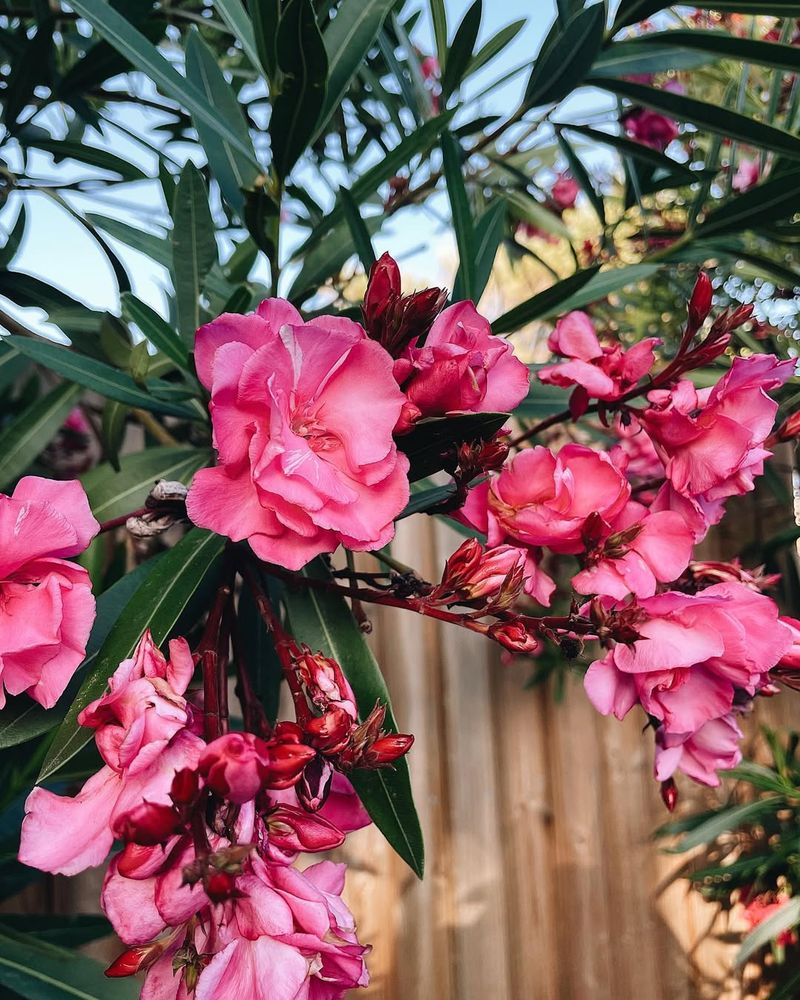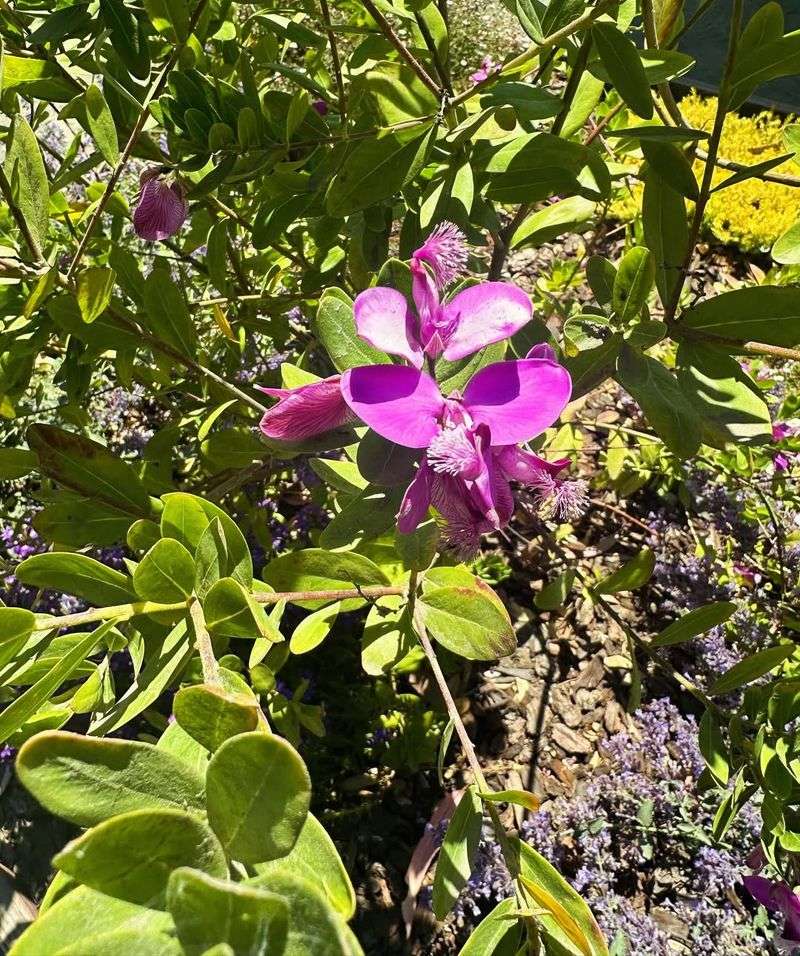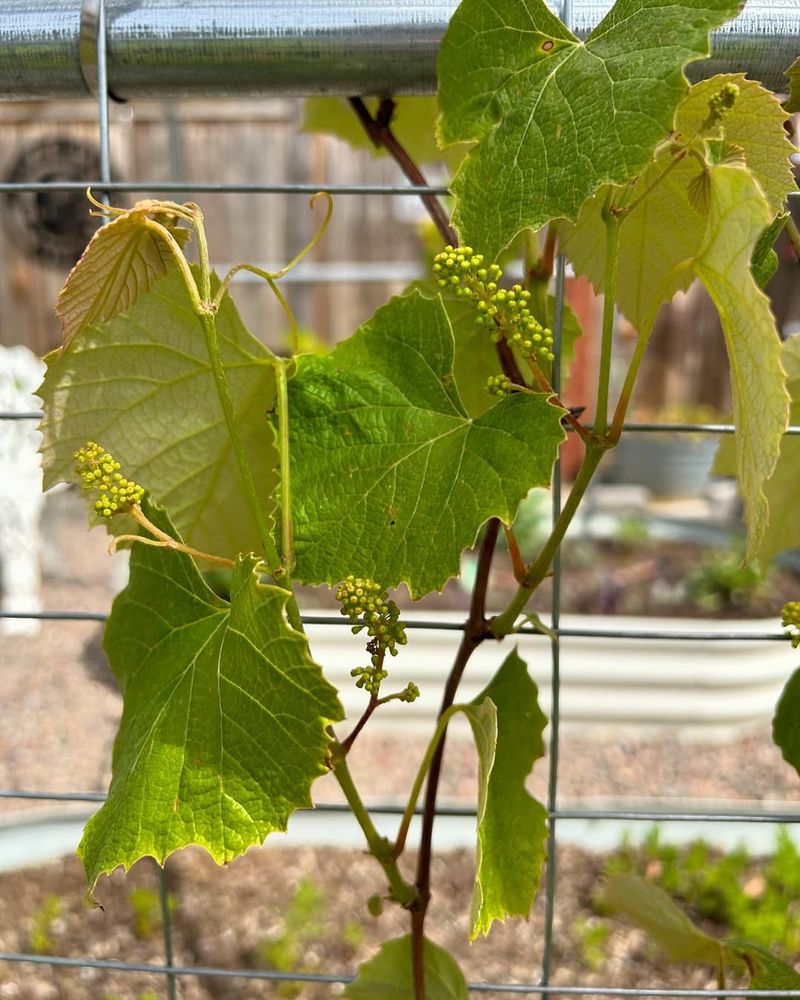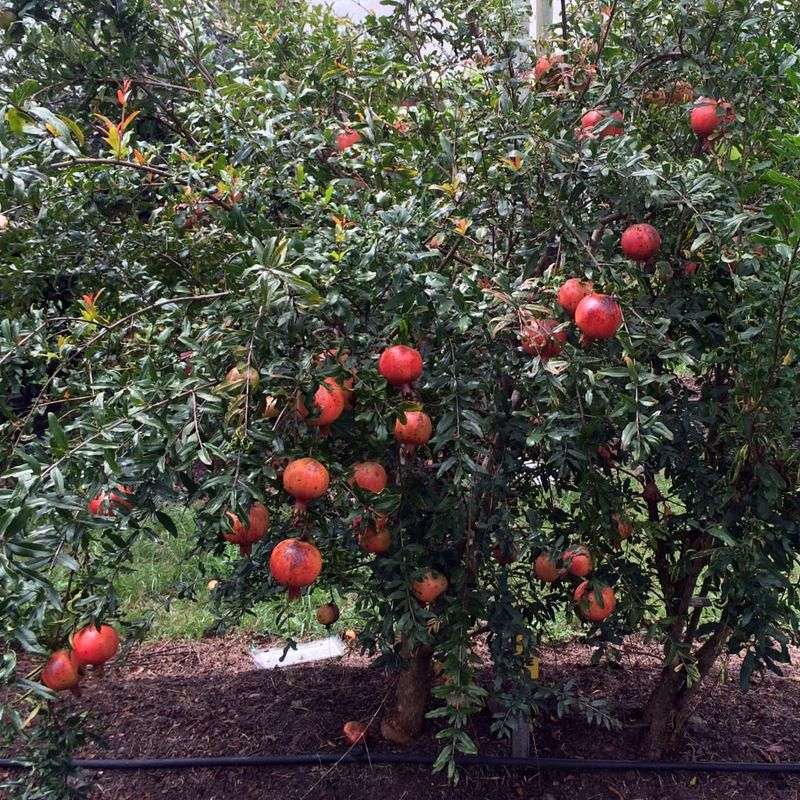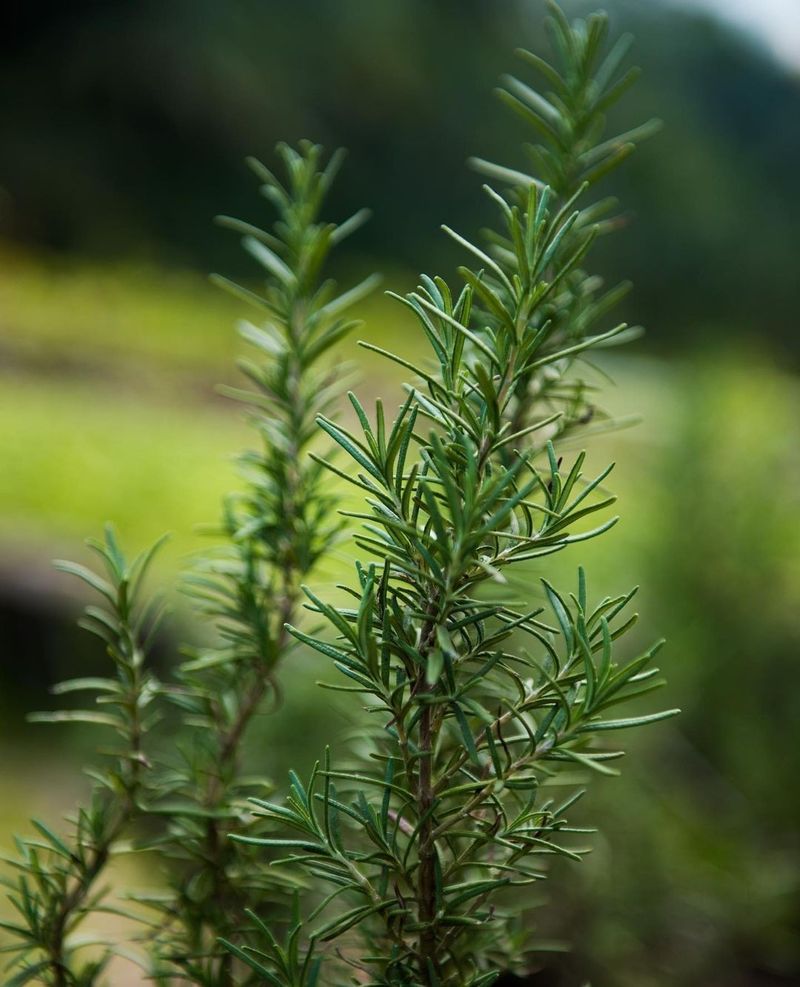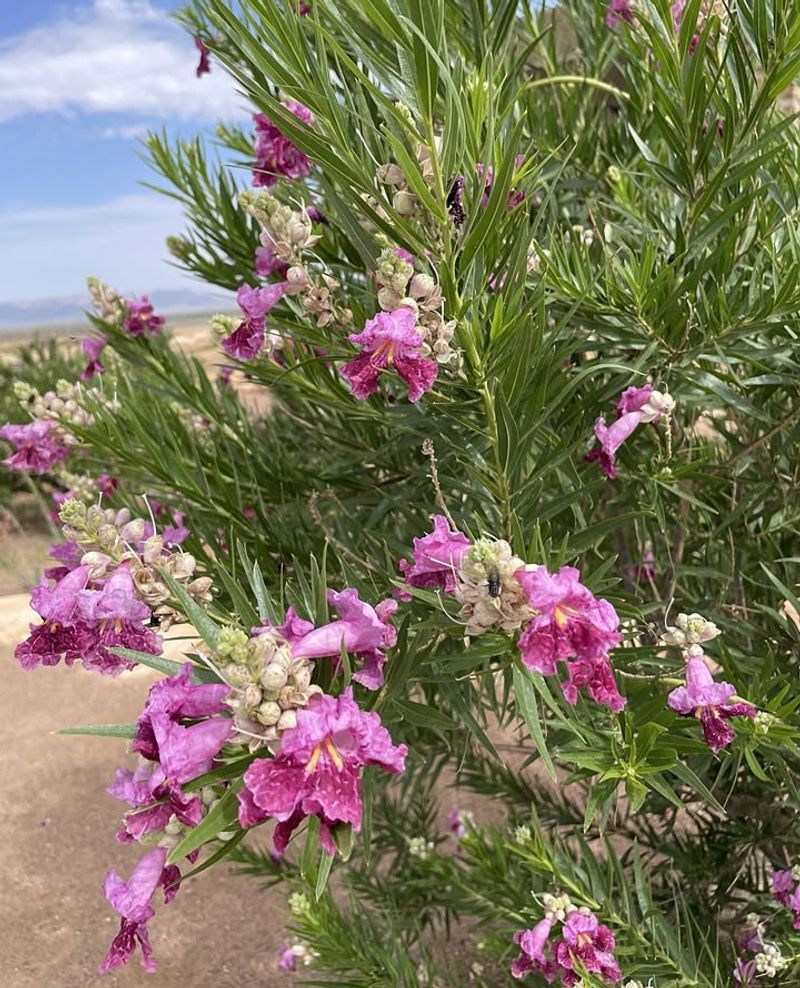November is a key month for Arizona gardeners to break out the pruning shears and tidy things up. With cooler temps settling in, it’s the ideal time to shape plants before winter hits.
A well-timed trim now helps your garden stay strong through the colder months. It also sets the stage for better growth and brighter blooms when spring rolls around. I’ve found that pruning in fall keeps landscapes looking fresh and healthy year-round.
It’s a simple step that makes a big difference in how your garden performs. Want help building a pruning checklist tailored to Arizona’s climate and plant types?
1. Rose Bushes
Rose bushes thrive when you give them a good trim during November’s mild weather. Cutting back dead or damaged canes helps prevent disease and encourages vigorous new growth when spring arrives.
Remove any crossing branches that rub together, as these create wounds where pests can enter. Shape your roses to maintain an open center for better air circulation.
Always cut at a 45-degree angle just above an outward-facing bud. This simple technique directs new growth away from the plant’s center, creating a beautiful, healthy shape.
2. Fruit Trees
Your peach, plum, and apricot trees benefit tremendously from November pruning sessions. Trimming during dormancy reduces stress on the tree and minimizes sap loss that occurs during active growing seasons.
Focus on removing water sprouts, which are those fast-growing vertical shoots that steal energy from fruit production. Clear out dead wood and thin crowded branches to improve sunlight penetration.
Citrus trees also appreciate light shaping now. Just remember to avoid heavy pruning on citrus, as they produce fruit on older wood and need those mature branches intact.
3. Oleander Shrubs
Oleanders grow like wildfire in Arizona’s climate, often becoming unruly without regular maintenance. November offers the ideal window to bring these vigorous shrubs back under control before they go dormant.
Cut back overgrown branches by up to one-third of their length to maintain a manageable size. Remove any frost-damaged stems from the previous winter, as these won’t recover.
Wear gloves when working with oleanders since all parts of the plant are toxic. Proper pruning keeps these colorful shrubs looking tidy while promoting dense, bushy growth for next season.
4. Bougainvillea
Bougainvillea’s explosive growth habit requires decisive pruning to keep it from taking over your entire yard. November’s cooler temperatures make this tropical beauty easier to handle without triggering immediate regrowth.
Trim back long, wayward stems to your desired shape and size. Don’t worry about cutting too much; bougainvillea bounces back quickly and blooms on new growth.
Remove dead branches and thin out dense areas to improve air flow. This prevents fungal issues during Arizona’s occasional winter rains while setting the stage for spectacular spring color displays.
5. Texas Ranger
Also called Texas Sage, this drought-tolerant shrub develops a naturally rounded shape but sometimes needs guidance. Light pruning in November maintains its compact form without sacrificing next year’s purple blooms.
Trim back any straggly branches that disrupt the plant’s symmetrical appearance. Remove dead wood from the interior, which often accumulates after Arizona’s intense summer heat.
Avoid heavy pruning, as Texas Ranger flowers on old wood from the previous season. A gentle shaping now ensures abundant blooms when monsoon moisture arrives next summer, triggering spectacular flowering displays.
6. Lantana
Lantana grows vigorously throughout Arizona’s long growing season, often becoming leggy and sparse by November. Cutting it back now rejuvenates the plant and prepares it for winter dormancy.
Trim stems back by half or even two-thirds of their length. This might seem drastic, but lantana responds beautifully to aggressive pruning with dense, bushy regrowth.
Remove all spent flower heads and clean up debris around the base to reduce pest hiding spots. Your lantana will emerge in spring looking fresh and full, ready to produce masses of colorful blooms.
7. Grape Vines
November signals the perfect time to prune grape vines after they’ve dropped their leaves and entered dormancy. Proper pruning directly impacts next year’s fruit production and vine health.
Cut back the previous season’s growth, leaving only a few buds on each cane. Grapes produce fruit on new shoots that grow from one-year-old wood, so understanding this pattern is crucial.
Remove weak, damaged, or diseased canes entirely. Maintain a balanced structure that allows sunlight to reach all parts of the vine, promoting even ripening and reducing disease pressure during Arizona’s humid monsoon months.
8. Pomegranate Trees
Pomegranates adapt wonderfully to Arizona gardens and respond well to November pruning. After harvest, these trees benefit from shaping and thinning to maintain productivity and attractive form.
Remove suckers that emerge from the base, as these drain energy from fruit production. Thin out crowded interior branches to create better air circulation and light penetration.
Cut back dead or crossing branches that could harbor pests or disease. Pomegranates fruit on spurs from older wood, so avoid removing too many mature branches. Moderate pruning keeps trees manageable while ensuring abundant harvests.
9. Crepe Myrtle
Crepe myrtles deliver stunning summer blooms and attractive bark, but they need proper pruning to look their best. November provides the ideal timing after leaves drop and before new growth begins.
Remove small twiggy growth and suckers from the base and trunk. Thin out crossing branches in the canopy to create an open, graceful structure.
Resist the urge to top your crepe myrtle, a practice called crepe murder that ruins the tree’s natural form. Instead, selectively prune to enhance its elegant branching pattern while maintaining its beautiful shape and ensuring spectacular summer flowering.
10. Rosemary
Rosemary grows into substantial shrubs in Arizona’s favorable climate, often becoming woody and sparse without regular attention. November pruning keeps these aromatic herbs compact and productive for kitchen use.
Trim back leggy stems to encourage bushier growth from the base. Remove any dead or frost-damaged branches from last winter that never recovered.
Shape your rosemary into a neat mound or hedge, depending on your landscape design. Regular pruning stimulates fresh, tender growth that’s perfect for cooking while preventing the plant from becoming an overgrown, bare-stemmed mess.
11. Desert Willow
Desert willows naturally shed their leaves in November, making this the perfect month to assess their structure and prune accordingly. These Arizona natives tolerate pruning well and benefit from thoughtful shaping.
Remove dead, damaged, or diseased branches first, then address any crossing limbs that could cause future problems. Thin the canopy to maintain the tree’s graceful, airy appearance.
Desert willows bloom on new growth, so don’t worry about cutting back too much. Proper November pruning encourages vigorous spring growth and abundant trumpet-shaped flowers that hummingbirds absolutely adore throughout the summer months.




